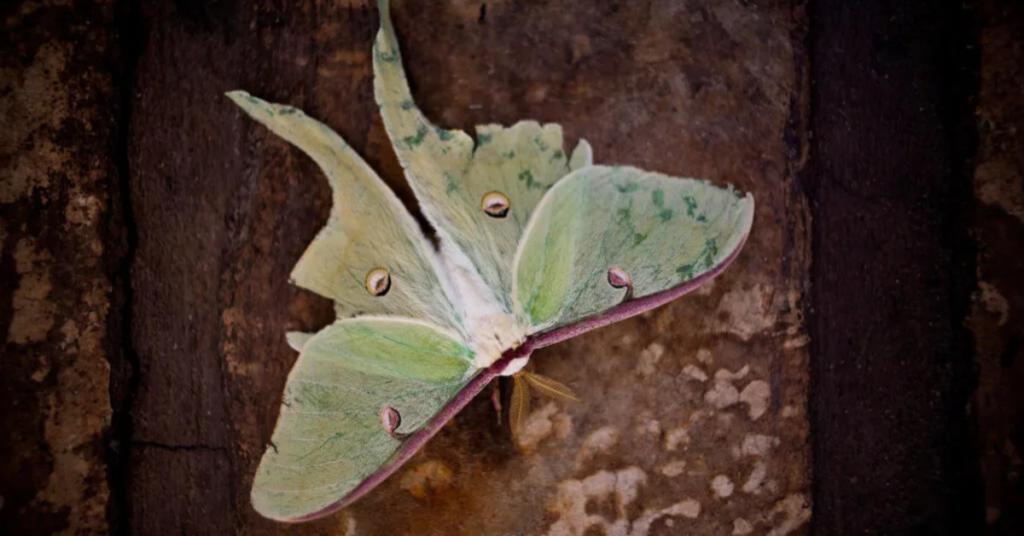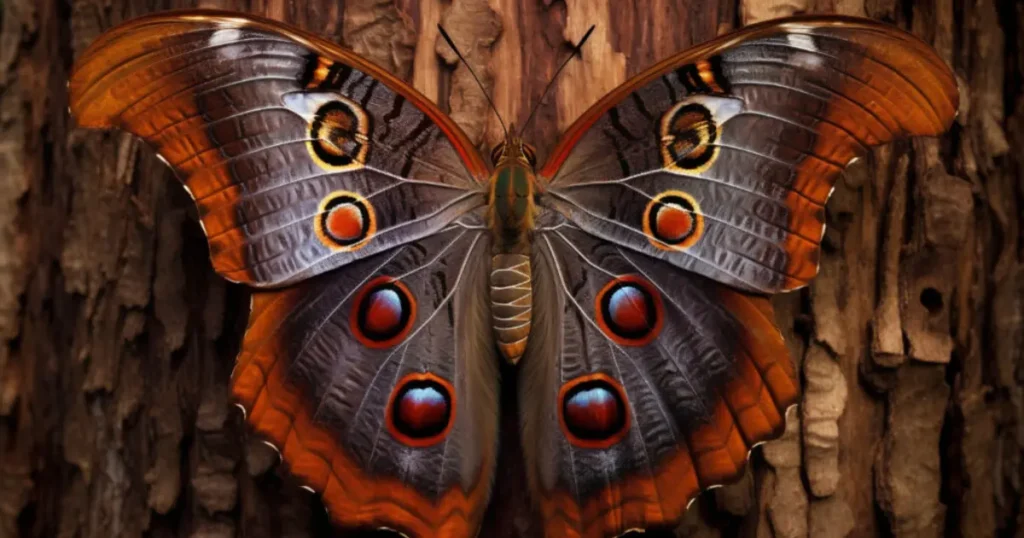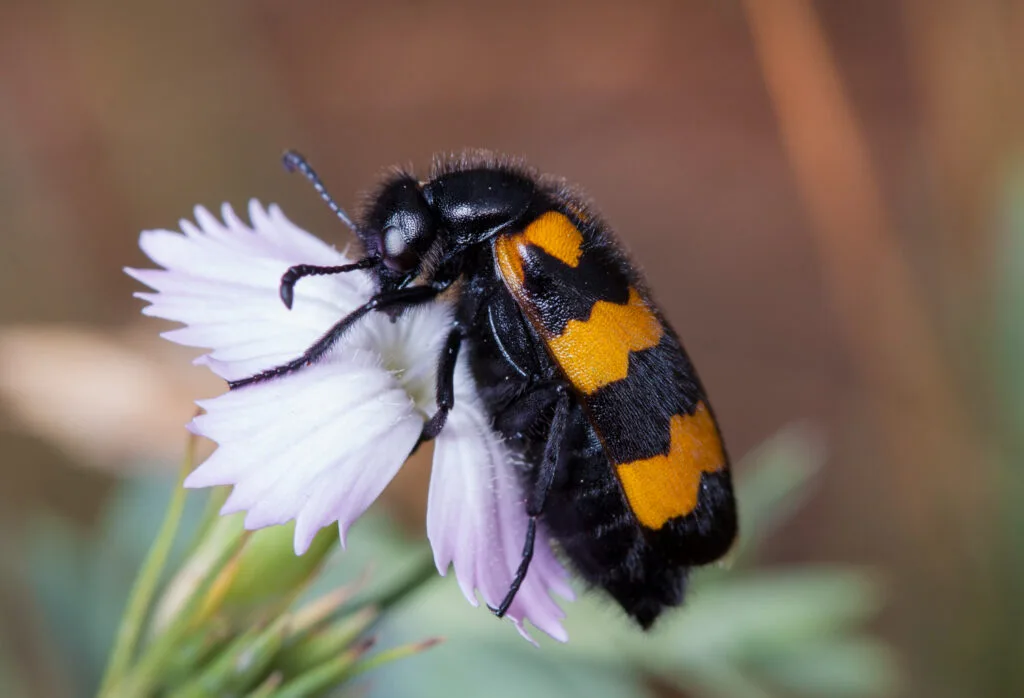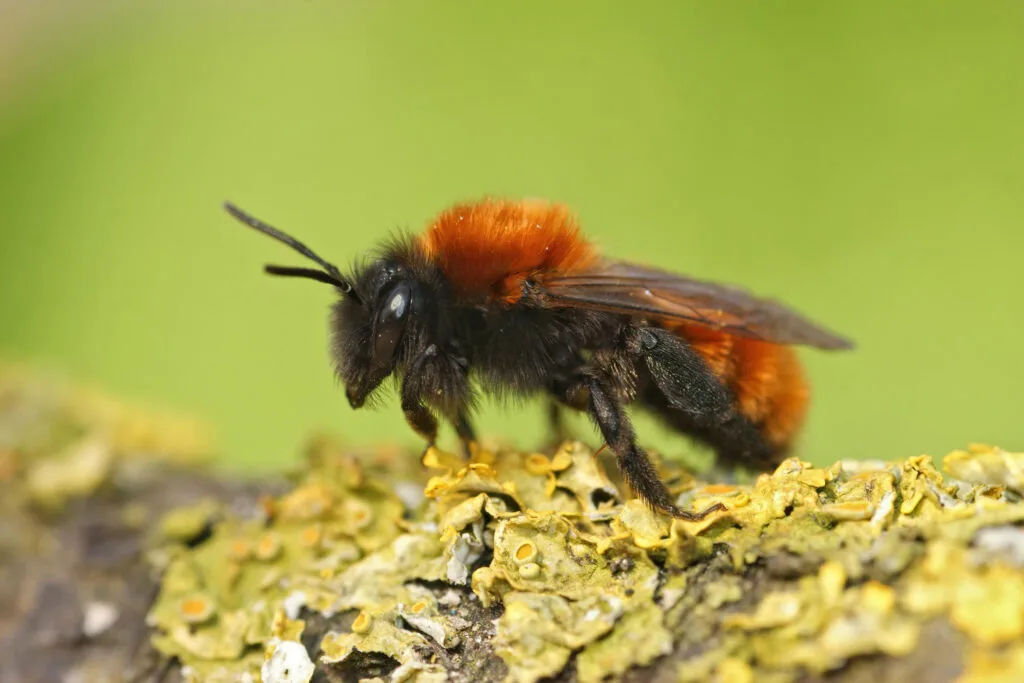Table of Contents
ToggleWitnessing Earth's Ancient Survivors
The natural world is filled with stories of evolution, extinction, and survival. But what if some creatures never really left? From ancient sea dwellers to land reptiles that walked with dinosaurs, the 10 Oldest Historical Animals still alive today serve as living testaments to Earth’s prehistoric past. These animals have not just survived—they’ve thrived, enduring changes in climate, geography, and ecosystems over millions of years.
In this guide, we dive into the incredible lives of these enduring species. Whether you’re a nature enthusiast, a student, or an SEO blogger, exploring the 10 Oldest Historical Animals will leave you amazed.
1. Horseshoe Crab – The Living Fossil
Scientific Age: Over 450 million years
Habitat: Coastal waters of North America and Asia
Diet: Worms, algae, molluscs
Health Note: Stable physiology with hard protective shells
Fact: Older than dinosaurs
Often referred to as “living fossils,” horseshoe crabs have roamed Earth’s waters long before dinosaurs existed. Their blue blood is prized in the medical industry due to its bacteria-detecting properties, but conservation efforts are essential to protect this ancient species.
2. Coelacanth – Resurrected from Extinction
Scientific Age: 400 million years
Habitat: Deep waters near South Africa and Indonesia
Diet: Cephalopods and small fish
Health Note: Sensitive to water temperature and pressure
Fact: Thought extinct until 1938
Once believed to have gone extinct with the dinosaurs, the coelacanth shocked the world when it was rediscovered in the 20th century. This deep-sea dweller shows how little we truly know about Earth’s oceans.
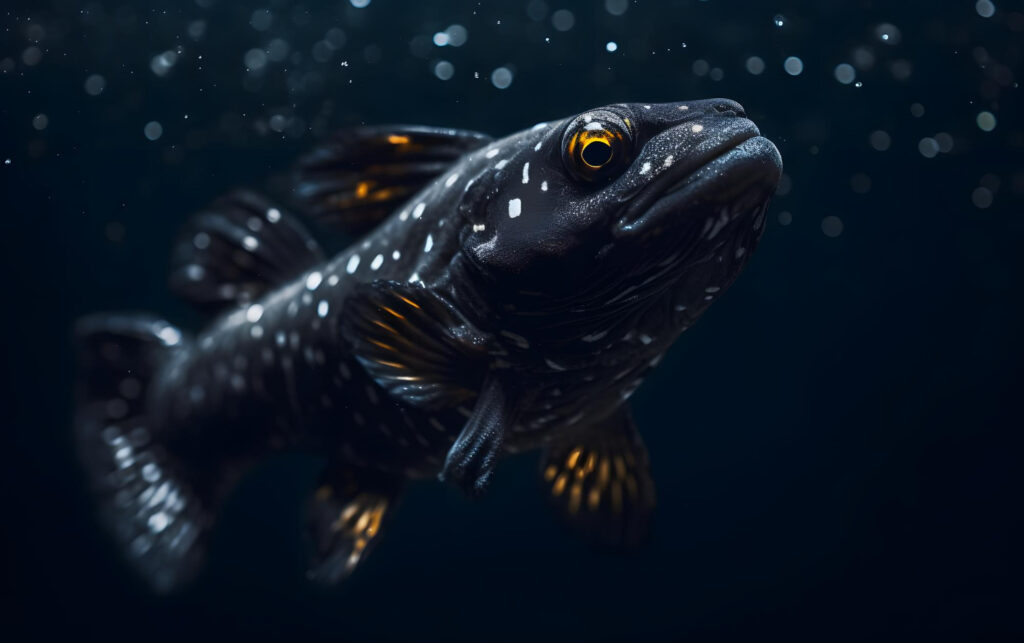
3. Tuatara – A Reptile From the Dinosaur Era
Scientific Age: 250 million years
Habitat: New Zealand
Diet: Insects, small reptiles, birds
Health Note: Longevity linked to cold-blooded metabolism
Fact: Has a third eye
The tuatara resembles a lizard but belongs to its own order, distinct from all other reptiles. Known for slow growth and extreme longevity, tuataras embody what it means to survive the test of time.

4. Greenland Shark – The Methuselah of the Sea
Scientific Age: Estimated lifespan of 400+ years
Habitat: Arctic and North Atlantic Oceans
Diet: Fish, seals, carrion
Health Note: Lives in near-freezing temperatures, reducing metabolism
Fact: Can live up to 500 years
Not only is the Greenland shark one of the 10 Oldest Historical Animals, but it also may be the oldest living vertebrate on Earth. These sharks grow slowly and mature at around 150 years of age.

5. Nautilus – Master of Buoyancy
Scientific Age: Over 500 million years
Habitat: Indo-Pacific Ocean
Diet: Crustaceans, fish, detritus
Health Note: Fragile to overfishing and reef damage
Fact: Survived every mass extinction
The nautilus is a shelled cephalopod that predates even the dinosaurs. With a spiral shell and perfect buoyancy, the nautilus has maintained its structure for half a billion years—a symbol of evolutionary success.

6. Crocodile – Apex Predator Since Prehistory
Scientific Age: 200 million years
Habitat: Tropical regions worldwide
Diet: Fish, mammals, birds
Health Note: Can fast for months due to slow metabolism
Fact: Can live up to 100 years
Crocodiles, some of the fiercest reptiles on Earth, have changed very little since they shared the planet with dinosaurs. Their efficient physiology and ambush tactics make them one of nature’s greatest survivors.

7. Jellyfish – Immortal in Some Species
Scientific Age: Over 500 million years
Habitat: All oceans
Diet: Plankton, small fish
Health Note: Some regenerate cells indefinitely
Fact: Some can reverse aging
Jellyfish are simple yet ancient animals. Some species like Turritopsis dohrnii are biologically immortal—they can revert to earlier life stages, effectively escaping death, making them unique among the 10 Oldest Historical Animals.
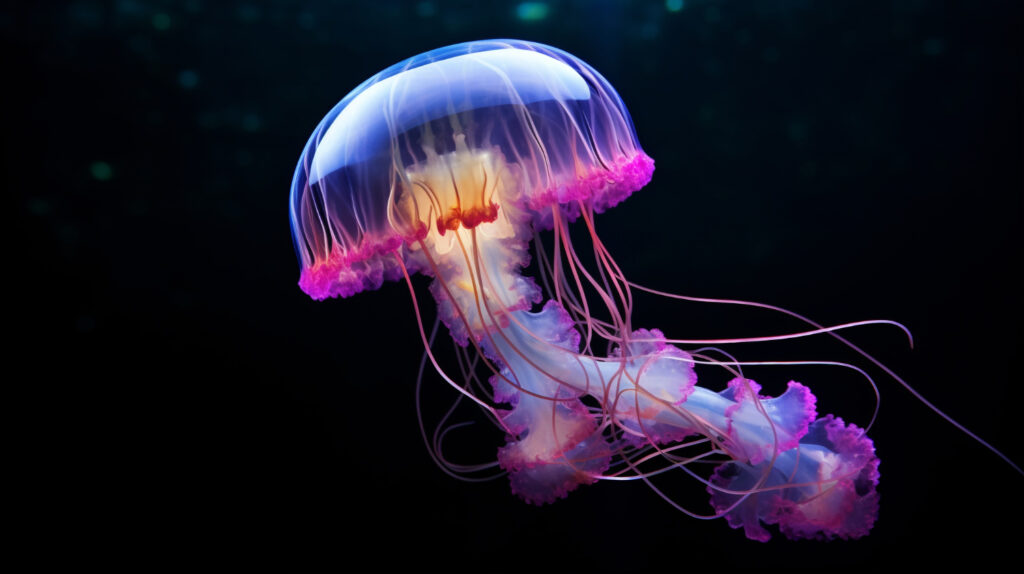
8. Velvet Worm – Evolution’s Missing Link
Scientific Age: 500 million years
Habitat: Rainforests in the Southern Hemisphere
Diet: Insects and small invertebrates
Health Note: Moist skin requires humid environment
Fact: Sprays glue to trap prey
Often overlooked, the velvet worm represents a critical evolutionary step between worms and arthropods. Their ancient lineage and unique hunting method make them a fascinating study subject.

9. Sturgeon – The Royal Fish
Scientific Age: 200 million years
Habitat: Temperate rivers and coastal zones
Diet: Insects, crustaceans, small fish
Health Note: Sensitive to pollution and habitat destruction
Fact: Produces luxury caviar
Sturgeons have long been prized for their roe, but overfishing has made many species endangered. These fish have prehistoric features and a lineage dating back to the Triassic period.

10. Aldabra Giant Tortoise – Century-Old Land Wanderer
Scientific Age: Species evolved around 100 million years ago
Habitat: Aldabra Atoll, Seychelles
Diet: Grasses, leaves, fruits
Health Note: Long life linked to slow metabolism and low stress
Fact: Can live over 200 years
These massive tortoises are one of the 10 Oldest Historical Animals in terms of individual longevity. The oldest recorded individual, Adwaita, reportedly lived over 250 years.
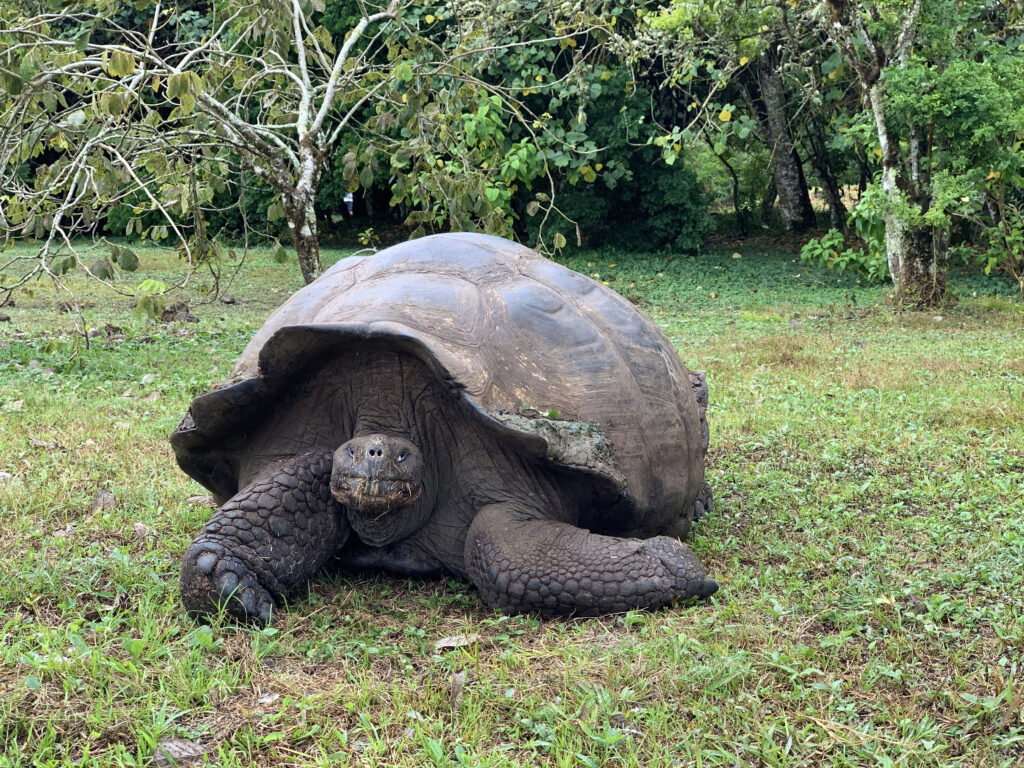
Why These Species Matter
Understanding the survival of these species gives us insight into evolution, environmental adaptability, and the importance of conservation. The resilience of the 10 Oldest Historical Animals teaches us about the balance of ecosystems and the hidden strengths of simplicity in nature.
Adaptations That Helped Them Survive
- Slow metabolic rates: Many ancient species grow and reproduce slowly.
- Stable environments: Many have thrived in deep-sea or isolated island environments.
- Efficient defences: From armour-like shells to chemical sprays.
Threats These Species Face Today
- Climate Change: Altered temperatures and sea levels disrupt habitats.
- Pollution: Oceans filled with plastic threaten sea-dwelling ancient species.
- Overfishing and Hunting: Humans remain the biggest threat to their survival.
Conservation Efforts & How You Can Help
- Support Protected Areas: National parks and marine reserves are vital.
- Spread Awareness: Blogs like this one can spark curiosity and advocacy.
- Choose Sustainable Products: Avoid products like caviar from endangered sturgeons.
These efforts ensure the 10 Oldest Historical Animals continue to grace our planet for centuries to come.
Conclusion
When we speak about time, millions of years often feel incomprehensible. Yet these creatures bridge that gap. The 10 Oldest Historical Animals are not just relics of the past—they’re living reminders of how nature adapts and endures.
From the deep oceans to remote islands, these ancient survivors continue to inspire scientists, educators, and nature lovers alike. As we look ahead, it’s crucial to protect them so future generations can also marvel at Earth’s most enduring lifeforms.




